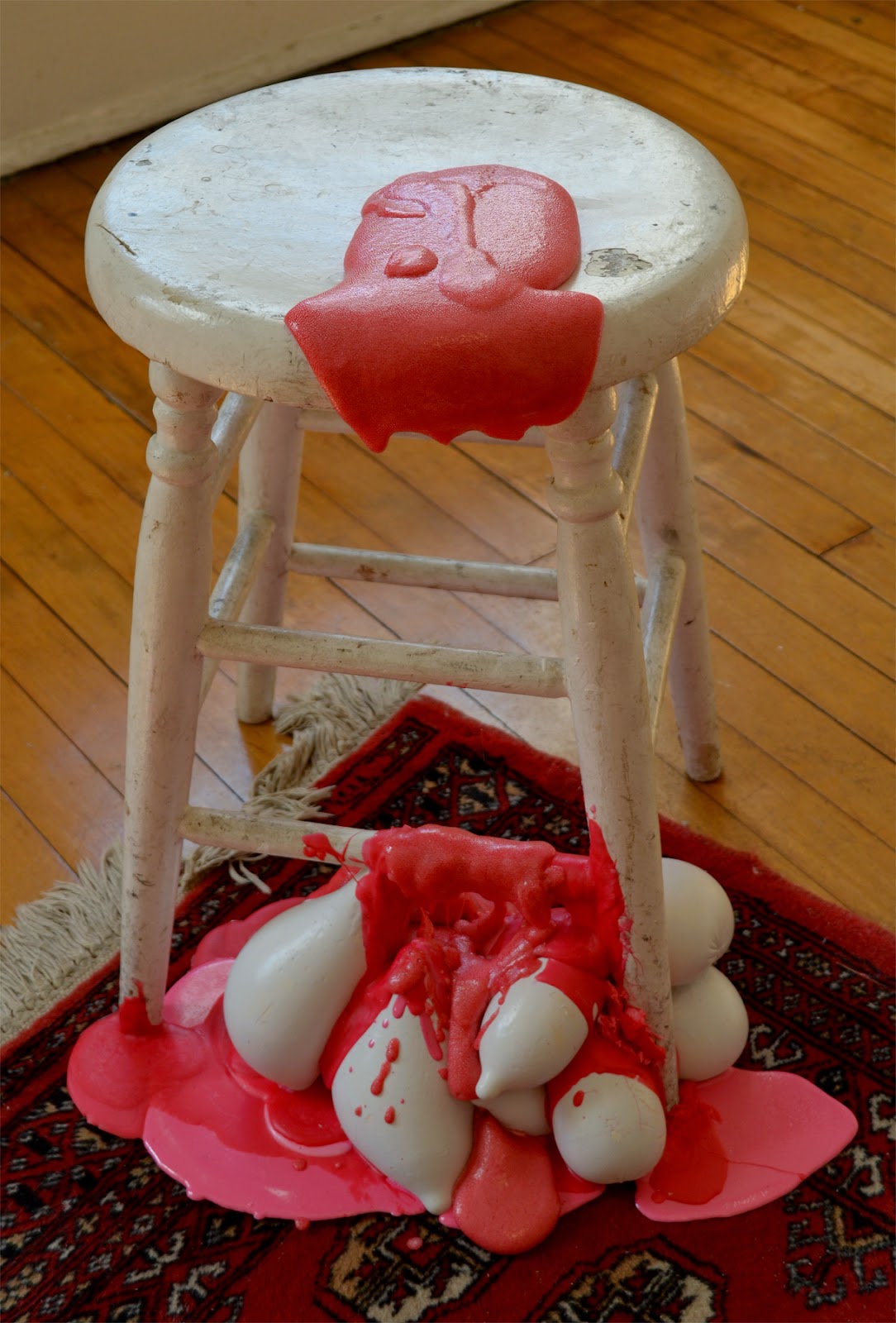It all begins with Castle Clinton, which is located in Battery Park.
The "castle" was built in 1808, just a few hundred yards from where Fort Amsterdam stood, almost 200 years before it. Constructed during the run up to the War of 1812, Castle Clinton was then known as the West Battery, as it was the sister camp to Castle Williams (then known as the East Battery). The fort's name was changed in 1815 to honor the then-mayor, DeWitt Clinton.
The army stopped using the area in 1821, and the Castle was opened to the public in 1824 as a garden. Since, the building has been a beer hall, and exhibition room, a public theater, even an aquarium, but it is currently a national monument, and the departure point when visiting the Statue of Liberty or Ellis Island.
On the north side of Castle Clinton, and still in Battery Park, is City Pier A, which was built in 1886 for the New York City Department of Docks and Harbor Police. Just in front of the pier's building, and a little out in the water, is the American Merchant Mariners' Memorial.
This bronze sculpture was designed by Marisol Escobar, and was installed in 1991 for the sailors lives lost in the sinking of the SS Muskogee by an Axis U-boat.
After seeing this sight, turn around to face The Sphere, and its eternal flame.
Originally, this 7.5 meter (25'), metal sculpture by German artist Fritz Koenig was displayed in Austin J. Tobin Plaza, between the World Trade Center towers. Seeing it was damaged in the 2001 September 11th attacks, the monument was moved to Battery Park six months later, and, on September 11, 2002, an eternal flame was ignited in honor of all the lives lost on that day.
Also in the immediate area is the war memorial, designed by Welsh artist Mac Adams in 1991, for military personnel who served in the Korean Conflict (1950–1953)...
...as well as other interesting public works of art.
Right across the street from Battery Park is the Alexander Hamilton U.S. Customs House, which currently houses the NYC branch of the Smithsonian's National Museum of the American Indian.
The building was in construction from 1902 through 1907, and was begun by the federal government so as to collect the duty tax for the port of New York. While it is a beautiful building, in and out, they exhibit pieces of ancient Native American art - representing more than 12,000 years of history, and 1,200 indigenous cultures. Plus, it is all free to visit!
When leaving the building, head north out the front door, and up Broadway. After passing Arturo Di Modica's Charging Bull (aka the Wall Street Bull), between Fulton Street and Vesey Street, one will find themselves at St. Paul's Chapel. Not only is St. Paul's the oldest church in Manhattan (completed in 1766), it also holds George Washington's church pew, from the years he worshiped there.

































































